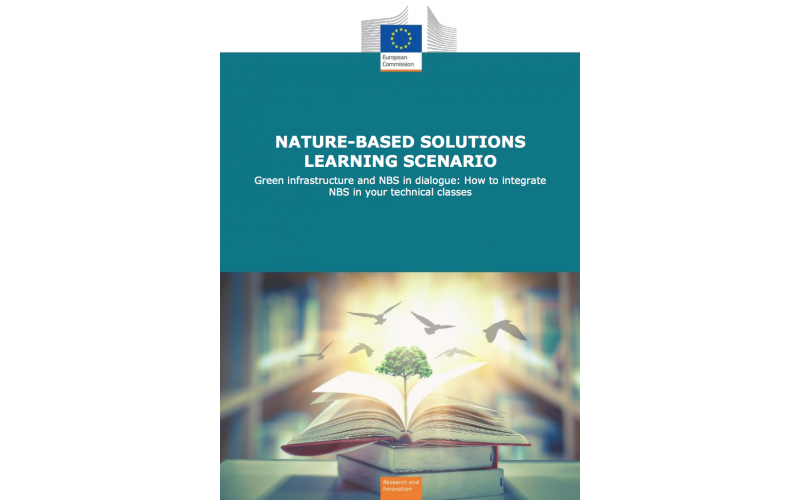The purpose of this learning scenario is to introduce students, especially those at technical and vocational high schools, to Nature-Based Solutions (NbS), using the concept of green infrastructure applied to a practical project.
To begin with, the teacher presents NbS and their benefits and discusses them with students, with an eye to local issues. After laying the foundations of NbS and related challenges, students’ approach (urban) problems and how to address them through green infrastructures, i.e. infrastructures integrating nature.
Following on, the teachers propose a challenge that students must solve practically by modelling a solution involving green infrastructures. Students divide into groups and work on their project, considering design, planning, NbS, financing and civic engagement through co-creation. Finally, students present what they created to their classmates, as if they were public and private stakeholders, trying to gain support and funding.
Though this LS, students can reflect on the increased social, economic, and environmental value of infrastructures that include NbS. They also develop a sense of how to get a project funded, and they practise pitching a project to relevant stakeholders. Thus, students not only expand on their knowledge and vocabulary, but they also acquire communication skills by addressing real-life problems. Most-prominently, they understand the relevance of combining STEM with NbS and the feasibility of including sustainability in their future projects and plans.

